Description
Buy Dalacin C 75mg/5ml Granules 60ml at Rose Pharmacy Online Pharmacy
Description :
Clindamycin is a semisynthetic antibiotic produced by a 7(S)-chloro-substitution of the 7(R)-hydroxyl group of the parent compound lincomycin.
Clindamycin phosphate is a water soluble ester of clindamycin and phosphoric acid.
Clindamycin phosphate is L-threo-a-D-galacto-Octopyranoside, methyl 7-chloro-6, 7, 8-trideoxy-6-[[(1-methyl-4-propyl-2-pyrrolidinyl)carbonyl] amino]-1-thio-, 2-(dihydrogen phosphate), (2S-trans)-.
The molecular formula is C18H34CIN2O8PS and the molecular weight is 504.96.
Clindamycin hydrochloride is the hydrated hydrochloride salt of clindamycin. Clindamycin hydrochloride is Methyl 7-chloro-6, 7, 8-trideoxy-6-(1-methyl-trans-4-propyl-L-2-pyrrolidinecarboxamido)-1-thio-L-threo-a-D-galacto-octopyranoside monohydrochloride.
Clindamycin palmitate hydrochloride is a water soluble salt of ester of clindamycin and palmitic acid. Clindamycin palmitate hydrochloride is Methyl 7-chloro-6, 7, 8-trideoxy-6-(1-methyl-trans-4-propyl-L-2-pyrrolidinecarboxamido)-1-thio-L-threo-a-D-galacto-octopyranoside 2-palmitate monohydrochloride.
Indications / Uses?:
Clindamycin has been shown to be effective in the treatment of the following infections when caused by susceptible anaerobic bacteria; susceptible strains of the gram-positive aerobic bacteria eg, streptococci, staphylococci and pneumococci; and susceptible strains of Chlamydia trachomatis.
Upper respiratory infections including tonsillitis, pharyngitis, sinusitis, otitis media and scarlet fever.
Lower respiratory infections including bronchitis, pneumonia, emphysema and lung abscess.
Skin and soft tissue infections including acne, furuncles, cellulites, impetigo, abscesses and wound infections. For specific skin and soft tissue infections eg, erysipelas and paronychia (panaritium), it would seem logical that these conditions would respond very well to Dalacin C therapy.
Bone and joint infections including osteomyelitis and septic arthritis.
Gynecological infections including endometritis, cellulites, vaginal cuff infection, tubo-ovarian abscess, salpingitis and pelvic inflammatory disease when given in conjunction with an antibiotic of appropriate gram-negative aerobic spectrum in cases of cervicitis due to Chlamydia trachomatis, single drug therapy with clindamycin has been shown to be effective in eradicating the organism.
Intra-abdominal infections including peritonitis and abdominal abscesses when given in conjunction with an antibiotic of appropriate gram-negative spectrum.
Septicemia and Endocarditis: The effectiveness of Dalacin C in the treatment of selected cases of endocarditis has been documented when Dalacin C is determined to be bactericidal to the infecting organism by in vitro testing of appropriate achievable serum concentrations.
Dental infections eg, periodontal abscess and periodontitis.
Toxoplasmic encephalitis in patients with AIDS. In patients who are intolerant to conventional treatment, clindamycin in combination with pyrimethamine has been shown to be efficacious.
Pneumocystis jiroveci (previously classified as Pneumocystis carinii) pneumonia in patients with AIDS. In patients who are intolerant to, or do not respond adequately to conventional treatment, clindamycin may be used in combination with primaquine.
Malaria including multi-resistant Plasmodium falciparum, in combination with quinine.
Prophylaxis of endocarditis in patients sensitive/allergic to penicillin(s).
Prophylaxis of infection in neck and head surgery. Clindamycin phosphate diluted in normal saline is used as an intraoperative irritant of the surgical field.
Clindamycin phosphate when used concurrently with an aminoglycoside antibiotic eg, gentamycin or tobramycin has been shown effective in preventing peritonitis or intra-abdominal abscess after bowel perforation and bacterial contamination secondary to trauma.
In vitro susceptibility to clindamycin has been shown for the following organisms: B. melaninogenicus, B. disiens, B. bivius, Peptostreptococcus spp, G. vaginalis, M. mullieris, M. curtsii and Mycoplasma hominis.
Administration :
Cap: May be taken with or without food: Swallow whole w/ a full glass of water & in an upright position. Granules: Should be taken with food.
Contraindications :
Patients previously found to be sensitive to clindamycin or lincomycin, or to any component of the formulation as listed: Capsules: Lactose, corn starch, talc, magnesium stearate.
Granules for Oral Solution: Lactose, sucrose, surfactant, alcohol, sorbic acid, simethicone, colorant. Solution for Injection: Benzyl alcohol 9 mg, disodium edetate 0.5 mg.
Special Precautions :
The clindamycin phosphate injectable formulation contains benzyl alcohol. The preservative benzyl alcohol has been associated with serious adverse events, including the “gasping syndrome”, and death in pediatric patients. Although normal therapeutic doses of this product ordinarily deliver amounts of benzyl alcohol that are substantially lower than those reported in association with the “gasping syndrome”, the minimum amount of benzyl alcohol at which toxicity may occur is not known. The risk of benzyl alcohol toxicity depends on the quantity administered and the hepatic capacity to detoxify the chemical. Premature and low birth weight infants may be more likely to develop toxicity.
Pseudomembranous colitis has been reported with nearly all antibacterial agents, including clindamycin and may range in severity from mild to life-threatening. Therefore, it is important to consider the diagnosis in patients who present with diarrhea subsequent to the administration of antibacterial agents.
Treatment with antibacterial agents alters the normal flora of the colon and may permit overgrowth of clostridia. Studies indicate that a toxin produced by Clostridium difficile is a primary cause of “antibiotic-associated colitis”. After the primary diagnosis of pseudomembranous colitis has been established, therapeutic measures should be initiated. Mild cases of pseudomembranous colitis usually respond to drug discontinuation alone. In moderate to severe cases, consideration should be given to management with fluids and electrolytes, protein supplementation and treatment with an antibacterial drug clinically effective against Clostridium difficile colitis.
Since clindamycin does not diffuse adequately into cerebrospinal fluid, Dalacin C hydrochloride/Dalacin C Palmitate hydrochloride/ Dalacin C Phosphate should not be used in the treatment of meningitis.
If therapy is prolonged, liver and kidney function tests should be performed.
The use of clindamycin phosphate may result in overgrowth of nonsusceptible organisms, particularly yeasts.
Clostridium difficile-associated diarrhea (CDAD) has been reported with use of nearly all antibacterial agents, including clindamycin and may range in severity from mild diarrhea to fatal colitis. Treatment with antibacterial agents alters the normal flora of the colon leading to overgrowth of C. difficile.
C. difficile produces toxins A and B which contribute to the development of CDAD. Hypertoxin-producing strains of C. difficile cause increased morbidity and mortality, as these infections can be refractory to antimicrobial therapy and may require colectomy. Clostridium difficile-associated diarrhea must be considered in all patients who present with diarrhea following antibiotic use. Careful medical history is necessary since CDAD has been reported to occur over 2 months after the administration of antibacterial agents.
Clindamycin phosphate should not be injected IV undiluted as a bolus, but should be infused over at least 10-60 min (see Dosage & Administration).
Effects on the Ability to Drive and Use Machines: The effect of clindamycin on the ability to drive or operate machinery has not been systematically evaluated.

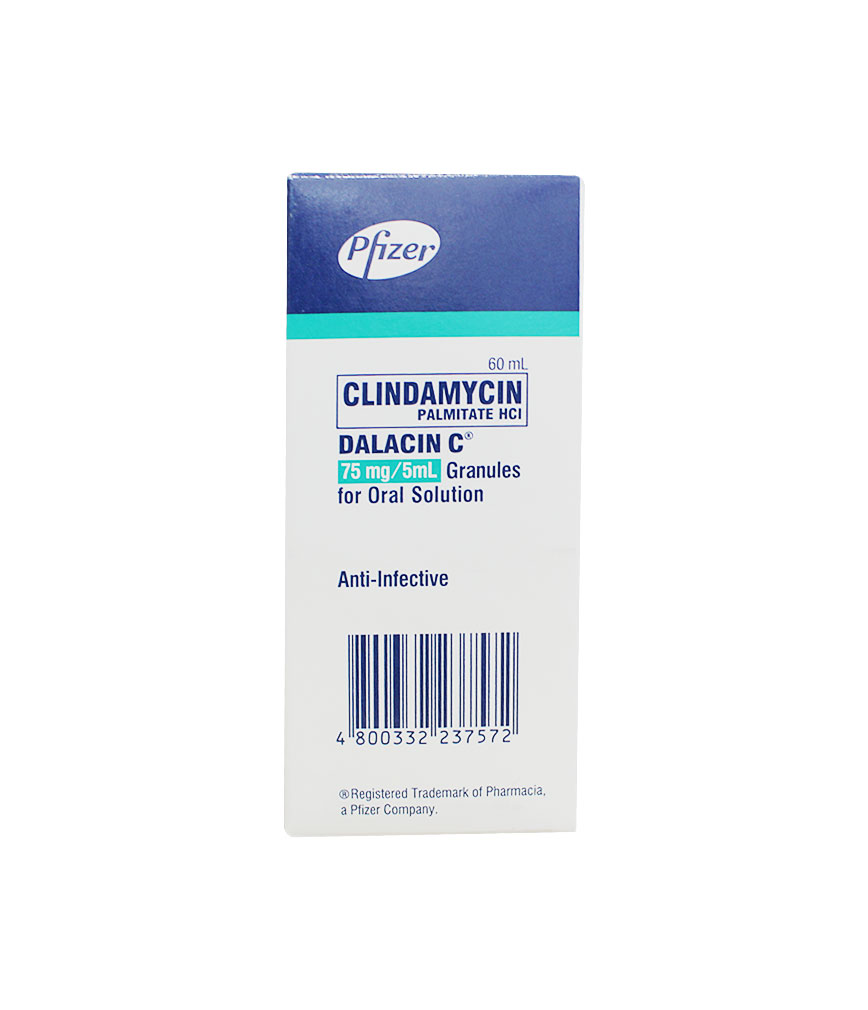


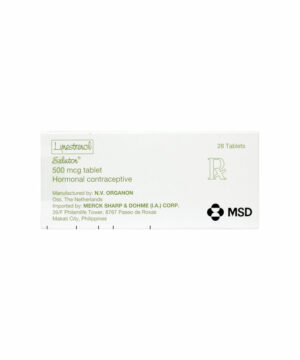
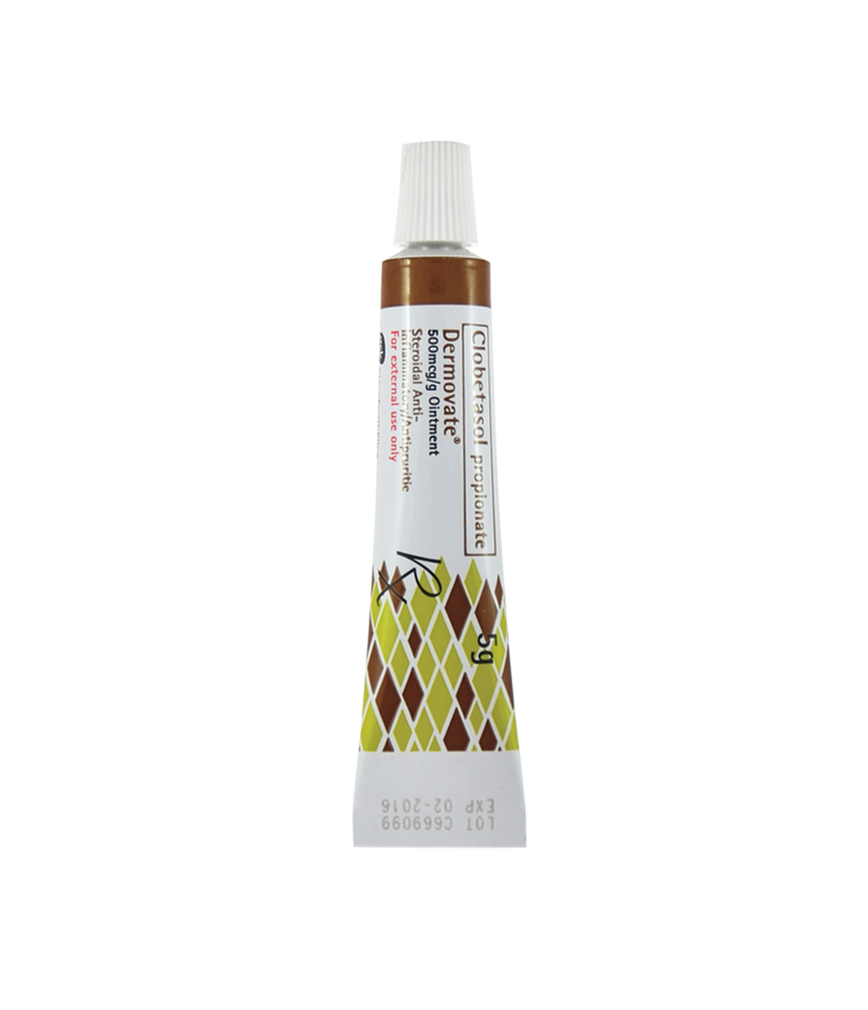
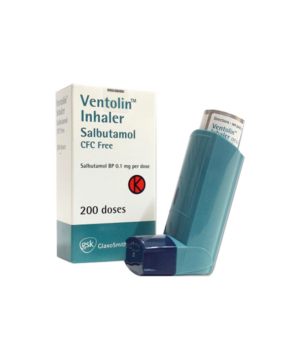



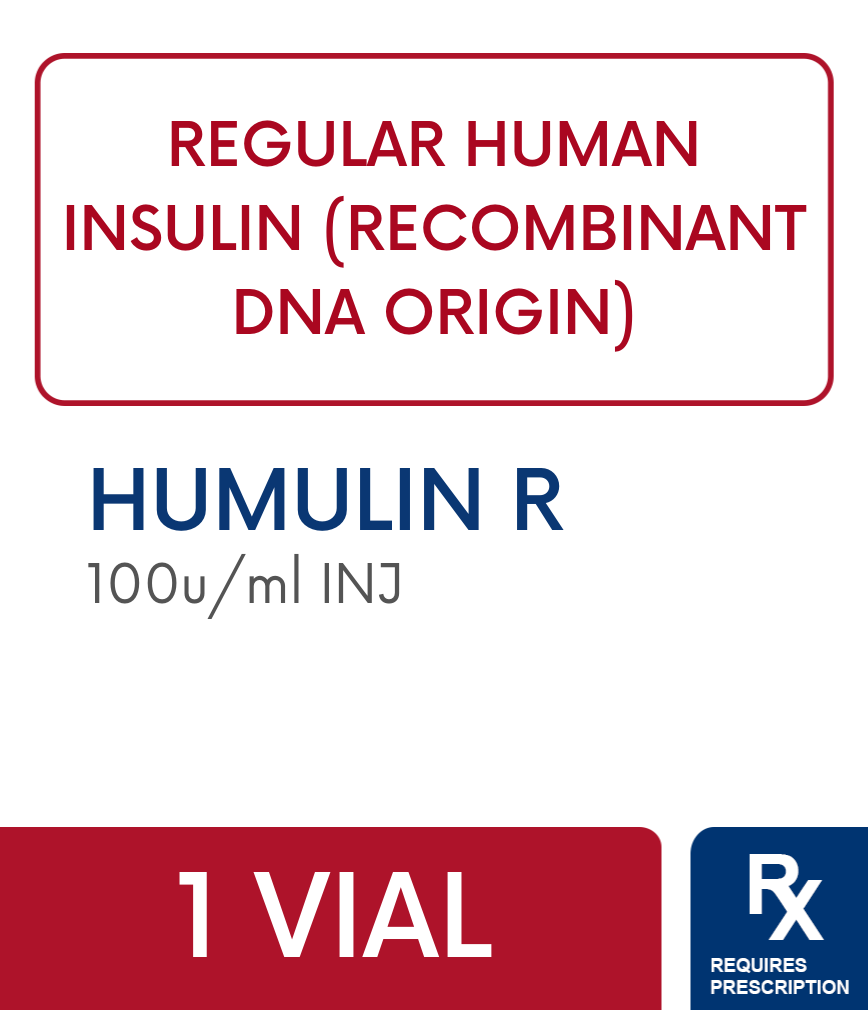



Reviews
There are no reviews yet.